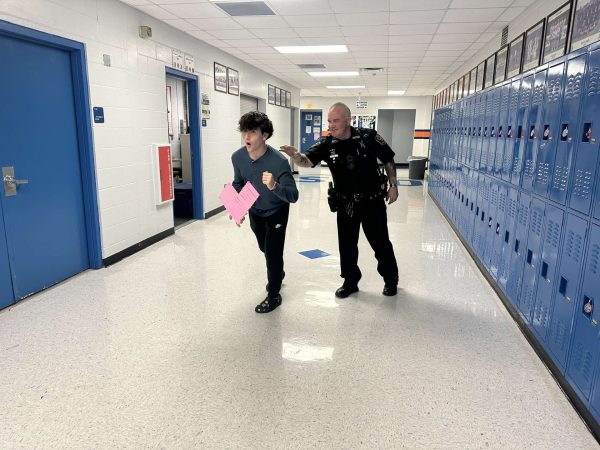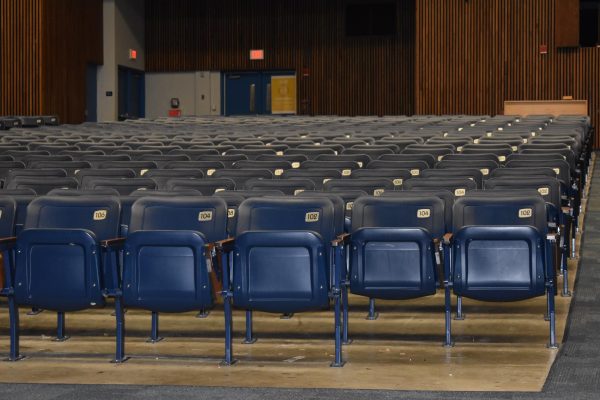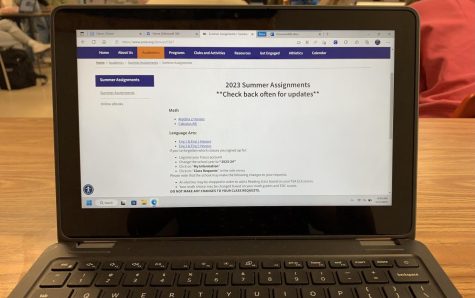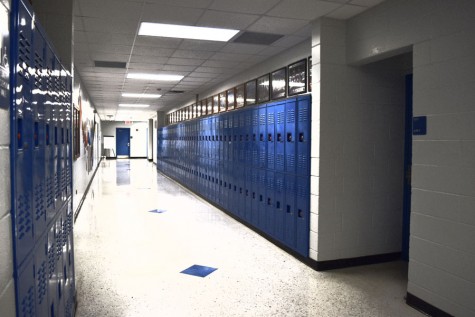Later school start times save students
OPINION
Orange County may be on the verge of making an important decision. That county’s school board recently discussed a proposal for later school start times. While it is still uncertain if the county will ultimately go with later start times, the scientific evidence all comes to the same conclusion: later school start times have an overwhelmingly positive effect on students.
In an article by the New York Times, Nancy Kalish summarized the evidence against late school start times, explaining “Research shows that teenagers’ body clocks are set to a schedule that is different from that of younger children or adults. This prevents adolescents from dropping off until around 11 p.m., when they produce the sleep-inducing hormone melatonin, and waking up much before 8 a.m. when their bodies stop producing melatonin.” Kalish adds that this means many students don’t get much out of their first class (with around 28% falling asleep), and some skip their first class entirely, contributing to failure and dropout rates. The American Academy of Pediatrics also weighed in, saying that schools should move school start times to 8:30 AM or later in order to improve students’ sleep patterns.
In 2010, a study was published in the Journal of the American Medical Association (JAMA) on the effect of school start time on students. The study, involving 201 students, moved the start time of a Rhode Island high school from 8 AM to 8:30 AM. The benefits were apparent: average sleep duration during the night increased by 45 minutes, the percentage of students getting less than 7 hours of sleep decreased by 79.4%, and the percentage of students getting at least 8 hours increased from 16.4% to 54.7%. The study’s authors concluded by saying “A modest delay in school start time was associated with significant improvements in measures of adolescent alertness, mood, and health.”
An August, 2014 article by Scientific American also made the case for later school start times. The article cited a study involving 9,000 students in eight public high schools in Colorado, Wyoming, and Minnesota. According to Scientific American, “After one semester, when school began at 8:35 a.m. or later, grades earned in math, English, science and social studies typically rose a quarter step—for example, up halfway from B to B+.”
Furthermore, later school start times could even save lives. A 2008 study by the Journal of Clinical Medicine measured the relationship between later school start times and motor vehicle crashes. The study found that when schools started later, “Average crash rates for teen drivers in the study county in the 2 years after the change in school start time dropped 16.5%, compared with the 2 years prior to the change.”
The vast body of evidence favors later school start times, which have been shown to be beneficial in more ways than one. By even considering later school start times, Orange County has taken a step in the right direction, and I can only hope Pinellas follows in Orange County’s footsteps.
Sources: http://www.orlandosentinel.com/features/education/school-zone/os-orange-county-high-school-start-times-post.html
http://archpedi.jamanetwork.com/article.aspx?articleid=383436
http://www.ncbi.nlm.nih.gov/pmc/articles/PMC2603528/
http://www.scientificamerican.com/article/school-starts-too-early/
http://www.usatoday.com/story/news/nation/2014/08/25/pediatricians-late-school-start-time-good-for-teens/14338565/













